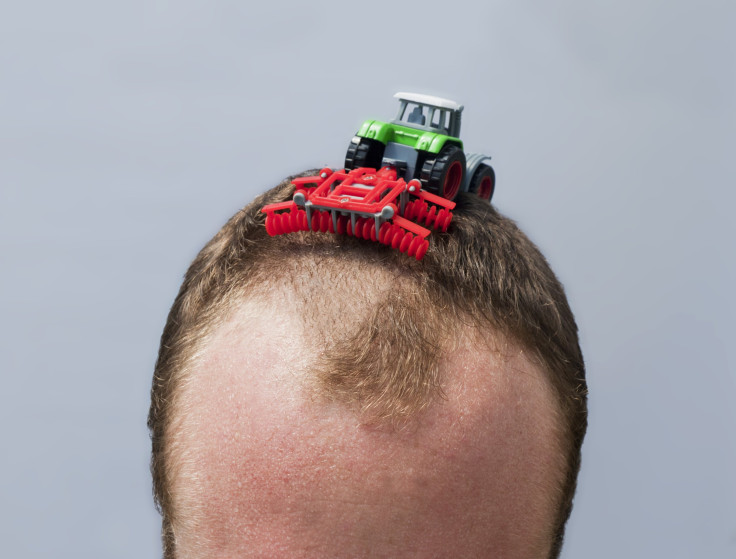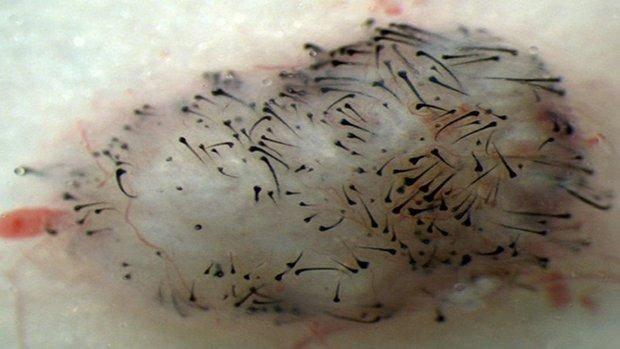Hair Loss Cure One Step Closer To Reality; Scientists Grow New Hair With Stem Cells

The average American loses up to 100 hairs every day, and it’s perfectly normal. But imagine if that number increased into uncontrollably high volumes of rapid hair loss to the point of partial or complete baldness? Researchers from Sanford-Burnham Medical Research Institute believe they’ve just taken a giant step toward a solution to the inevitability of balding for certain genetically susceptible people. They published their findings, which provide hope for the newly balding, in the journal PLOS ONE.
"We have developed a method using human pluripotent stem cells to create new cells capable of initiating human hair growth," said the study’s lead author Dr. Alexey Terskikh, an associate professor in the Development, Aging, and Regeneration Program at Sanford-Burnham, in a press release. “The method is a marked improvement over current methods that rely on transplanting existing hair follicles from one part of the head to another. Our stem cell method provides an unlimited source of cells from the patient for transplantation and isn't limited by the availability of existing hair follicles."

The promise of a successful human stem cell hair growth trial could one day lead to the benefit of the 50 million men and 30 million women who are affected by hair loss in the United States. This could be a game changer for those who are completely bald and don’t have the option of conventional hair transplant surgeries that other partially bald people can benefit from. If the treatment's success goes beyong the petri dishes, it could even open doors for those suffering from the auto-immune disease alopecia areata, which occurs when the immune system mistakenly attacks hair follicles, causing baldness.
"In adults, dermal papilla cells cannot be readily amplified outside of the body and they quickly lose their hair-inducing properties," Terskikh said. "We developed a protocol to drive human pluripotent stem cells to differentiate into dermal papilla cells and confirmed their ability to induce hair growth when transplanted into mice."
The technique uses pluripotent stem cells, which can be turned into almost any type of cell in the body. Terskikh and his team of researchers were able to transform them into dermal papilla cells, which are responsible for regulation hair growth in humans. Once they injected the mice with the stem cells and saw hair grow, they knew they were on the path to success.
"Our next step is to transplant human dermal papilla cells derived from human pluripotent stem cells back into human subjects," Terskikh said. "We are currently seeking partnerships to implement this final step."
Source: Terskikh A V, Gnedeva K, Vorotelyak E, Cimadamore F, Cattarossi G, and Giusto E, et al. Derivation of Hair-Inducing Cell from human Pluripotent Stem Cells. PLOS ONE. 2015.



























